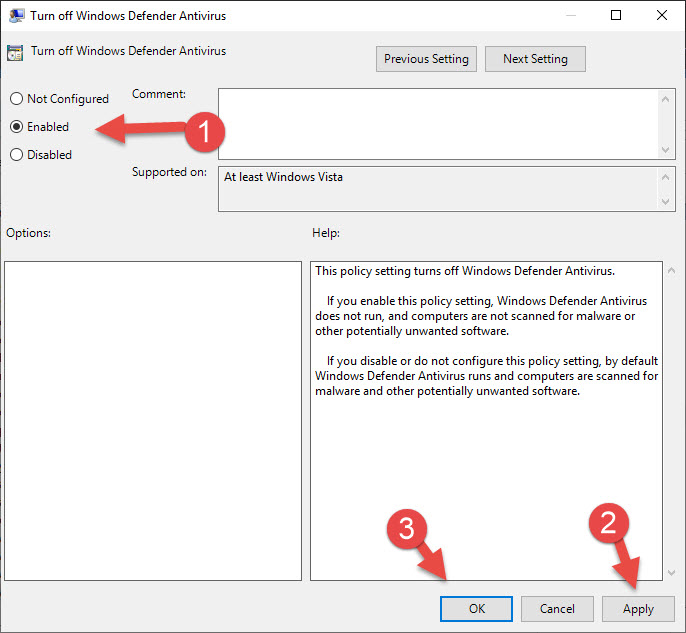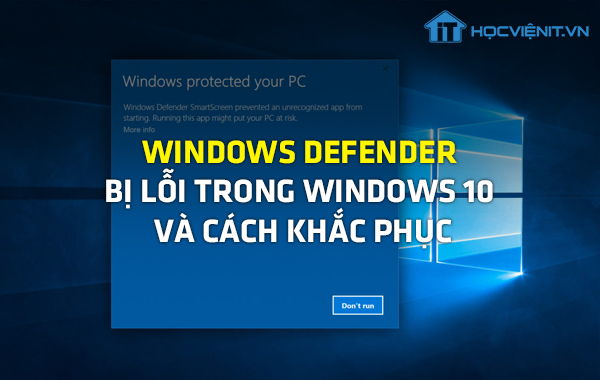
It measures the integrity of the boot code of the OS, including the firmware and individual operating system components, to make sure they haven't been compromised. In addition to being used traditionally with smart cards and VPNs, TPMs are used to support the Secure Boot process. So what does TPM actually do? It is used to generate and store cryptographic keys unique to your system, including an RSA encryption key unique to your system's TPM itself. This is shown as "Security Processor" in the Device Security Settings menu in Windows 10 (and Windows 11). Microsoft Windows Device Manager with TPM 2.0 Enumerated You can determine this by opening up Device Manager and expanding "Security devices." If it says "Trusted Platform Module 2.0," you're good to go. If you have a PC that was manufactured within the last five years, chances are, you have a TPM chip on your motherboard that supports version 2.0. Trusted Platform Module (TPM) is a technology designed to provide hardware-based, security-related cryptographic functions.

The Device Security menu in Windows 10 20H2 You don't need to wait until Windows 11's release or buy a new PC. As a consumer, small business, or enterprise, you can take advantage of these if you deploy Group Policy or simply click into Windows 10's Device Security menu to switch them on. These features are critical for securing both consumer and business workloads alike from more sophisticated malware and exploit threats that are currently evolving in the wild.Īlso: Microsoft just blew up the only reason you can't use a Linux desktopĪs it turns out, all of these features are already built-in to Windows 10 if you are running the 20H2 release (Windows 10 October 2020 Update).


That's bad for everyoneīut, as they quickly discovered, the new OS has several new requirements for PCs to support its new hardware and virtualization-based security features.

Your Raspberry Pi 4 may have just got an unexpected speed boost.


 0 kommentar(er)
0 kommentar(er)
